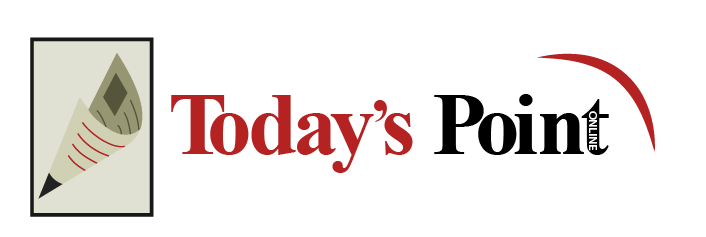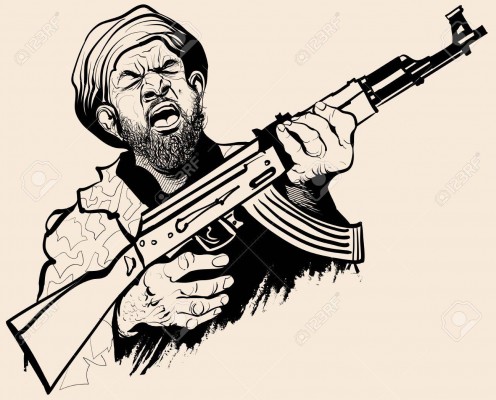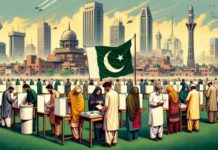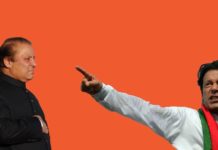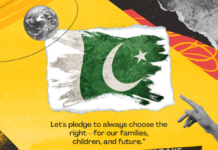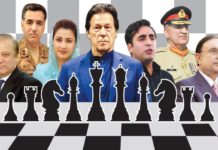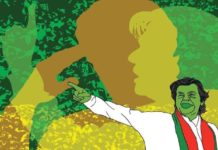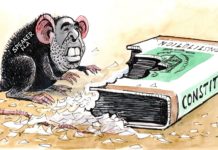Urban terrorism is a form of Low Intensity Conflict that is characterized by different shape, shade and colours. Urban terrorism seeks to achieve two types to effects, Main and Subsidiary. The main effects include psychological, political, economic, diplomatic effects and the effects on the media and public perceptions. The subsidiary effects include collateral damage to populace, stretch and dilution of security forces and sympathetic detonation of other related issues. Terrorists in Pakistan employ the pretext of United States policies in Afghanistan and Iraq, modification in Kashmir policy and Operation Al-Mizan as a moral justification of carrying out their activities.
In our peculiar environment Karachi can be taken as a role model to study the different facets of Urban Terrorism. Environments in Karachi are peculiar due to its enormity and vastness, multi – ethnicity, slum areas to nurture any category of miscreants, fuelled by mal administration and lack of civil amenities and above all availability of High Value Targets of International and economic significance.
Threat spectrum in Karachi is both complex and multifaceted. Internal factors influencing the situation are religious elements including Al Qaeda and Sectarian elements, Sub Nationalist groups, marginalized political parties and to an extent economically marginalized groups. All these elements operate on their own agendas, aims and objectives. The religious elements pursue their perceived ideology, the sub nationalists work on the agendas of economic related themes like NFC Awards and Kalabagh Dam to serve their ulterior motives, similarly the marginalized political parties claim a just struggle for their definition of political rights. All these elements resorts to different manifestations of terrorism like subversion against state infrastructure, attacks against diplomatic targets and western interests, assassinations and target killings and strikes and work interruptions. Certain methodologies and techniques adopted by these elements range from use of State of the art technologies like mobile phones, laptops and Improvised Explosive Devices to indiscriminate killings to bomb attacks and explosions of various types and yields. In doing that these groups and organizations seek to exploit the weaknesses of Law Enforcement Agencies.
The fight against Urban terrorism is perceived to be long drawn due to certain factors, to quote a few; likely engagement of America in Afghanistan and Iraq for a long period of time, situation in FATA and Balochistan that is likely to continue to influence security environment of Karachi and other Urban areas, external factor specially of India which is likely to keep fishing in troubled waters. Internal social shortcomings and economic deprivations are likely to take some time in being addressed and this will certainly not help in shortening the fight against terrorism.
Army is likely to be embroiled in fighting the urban terrorism in case the violence level crosses an acceptable limit. Some possible scenarios in which the army can be employed can be:
Scenario – 1. Sudden high intensity eruption of terrorism including intense attacks on High Value targets may cause a pull on Army.
Scenario – 2. Sectarian eruption characterized by sporadic killing of rival sects generating high magnitude of civil disorder.
Scenario – 3. Numerous low intensity terrorist acts spread all over Karachi causing a consumption of Law Enforcement Agencies.
Scenario – 4. Wide base convergence of Al-Qaeda and Sectarian elements in Karachi may pose an enormous strain on Law Enforcement Agencies and may embroil the army.
At present the threat posed by religious extremist is most serious, followed by Sub-Nationalist threat. Threat posed by Marginalized Political Parties and economically deprived groups is of relatively low potency, however its convergence with other groups may give it the required potency
Response to the challenge posed by Urban Terrorism has certain imperatives such as; political instrument should remain supreme in dealing with unrest and extreme situations before these erupt. In case the force is to be applied it has to be after the political hierarchy’s approval. The application of force must be in unison with each other capitalizing on strengths peculiar to each Law Enforcement Agency. The intelligence must be shared at all levels and the Agencies must adapt themselves to counter the various techniques adopted by terrorists. It must be ensured that media must be used as an instrument to propagate legitimacy of Government’s stance and illegitimacy of terrorist’s propaganda and techniques. Once decided to use force it must be pursued with perseverance.
Certain grey areas exist as far as Police and CAF of Pakistan are concerned with special reference to combating Urban Terrorism. Some of these include the inability of the security agencies to give a network centric response; besides this there are certain organizational inadequacies, which need to be addressed. There is a need to phase out obsolete equipment and induct new high tech equipment and impart quality training to personnel on this equipment. There is a need to enhance inter agency cooperation including intelligence sharing. There is also a need to revitalize concept of Crises Management Cell and to evolve a joint operation Doctrine.
There is a need understand the prevailing terrorism environment in its entirety in order to place it on the domestic environment template so as to draw pertinent conclusions with an aim to evolve a viable strategy at national and army levels to counter the menace of Urban Terrorism
